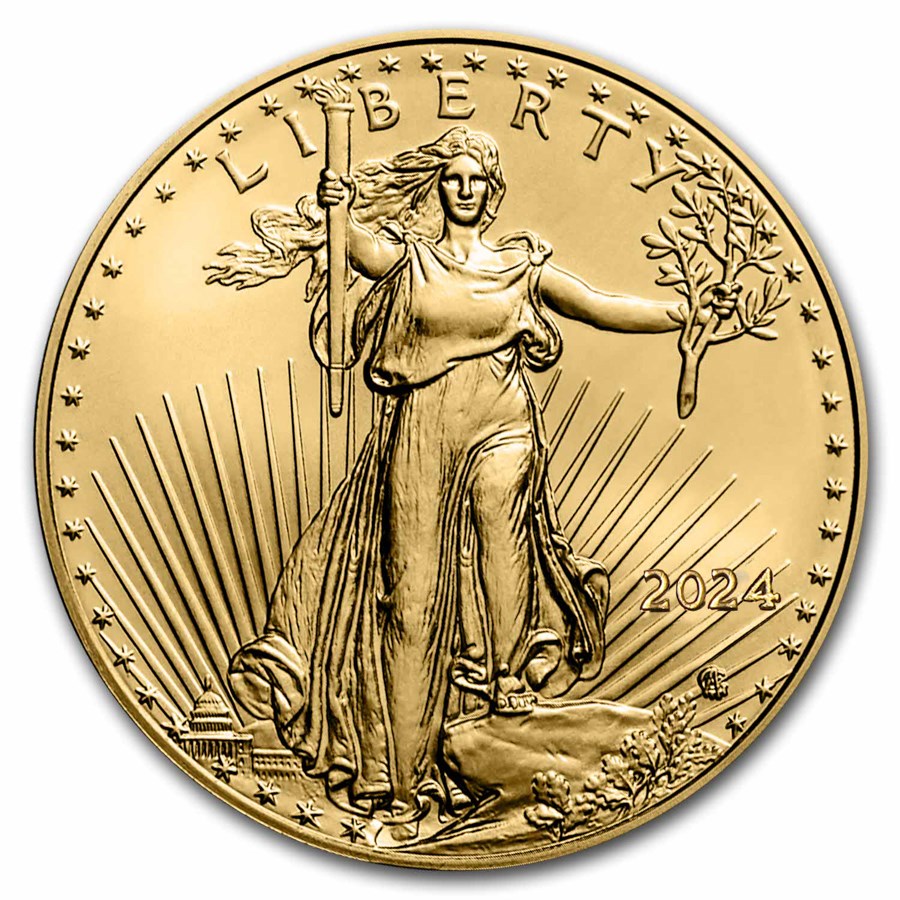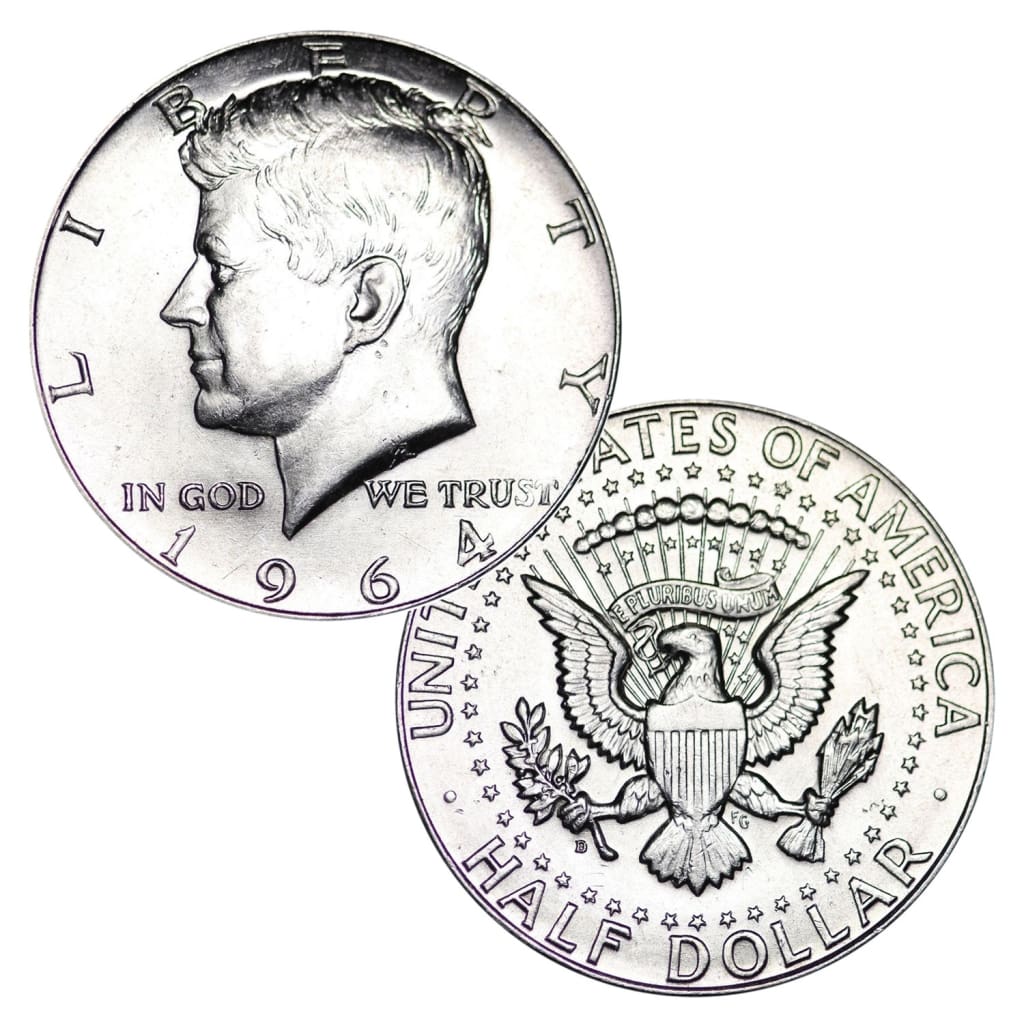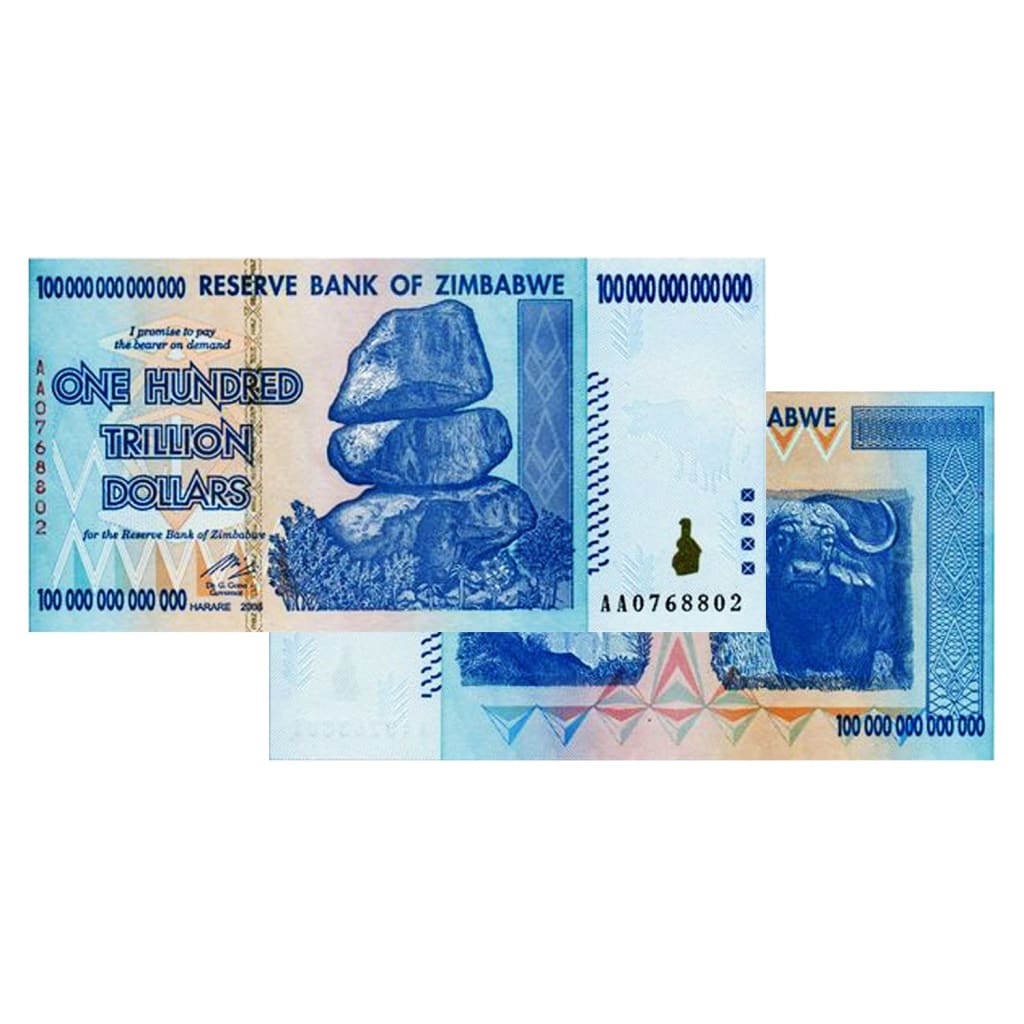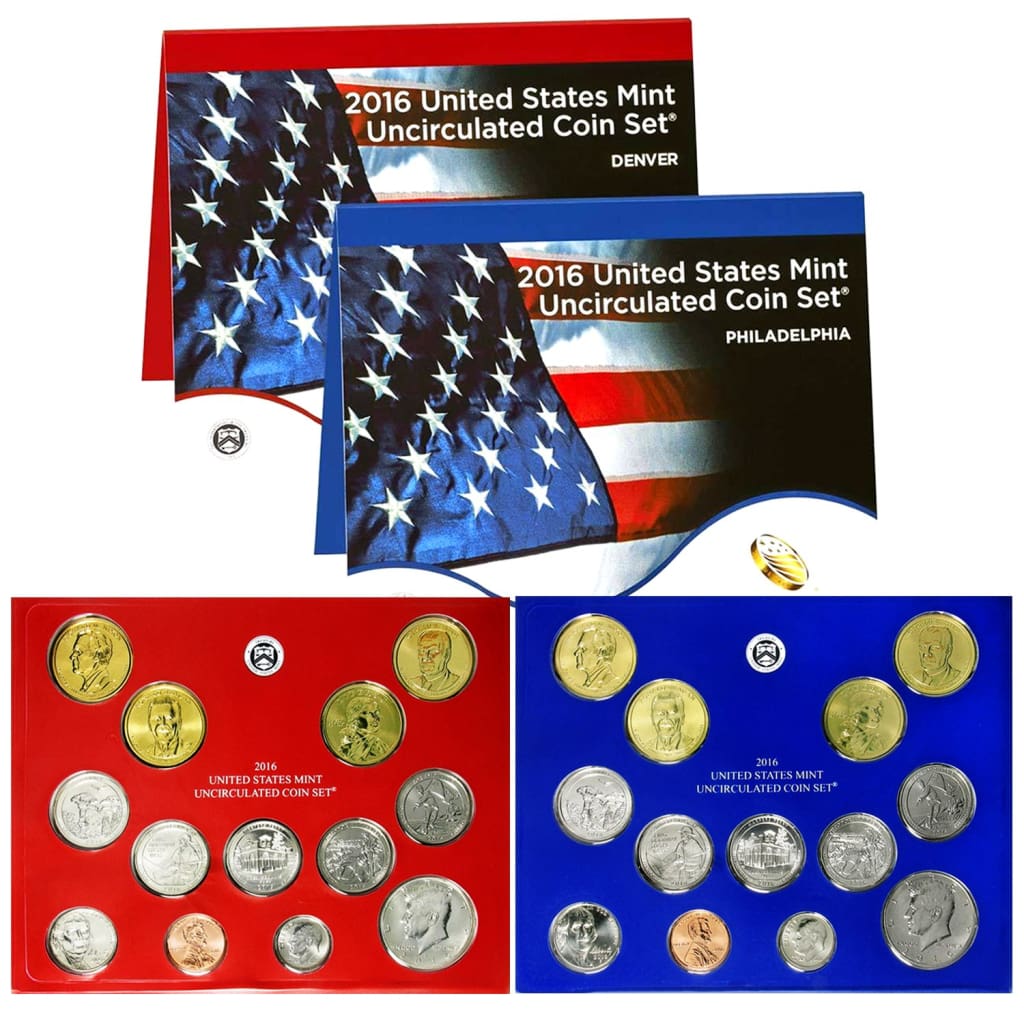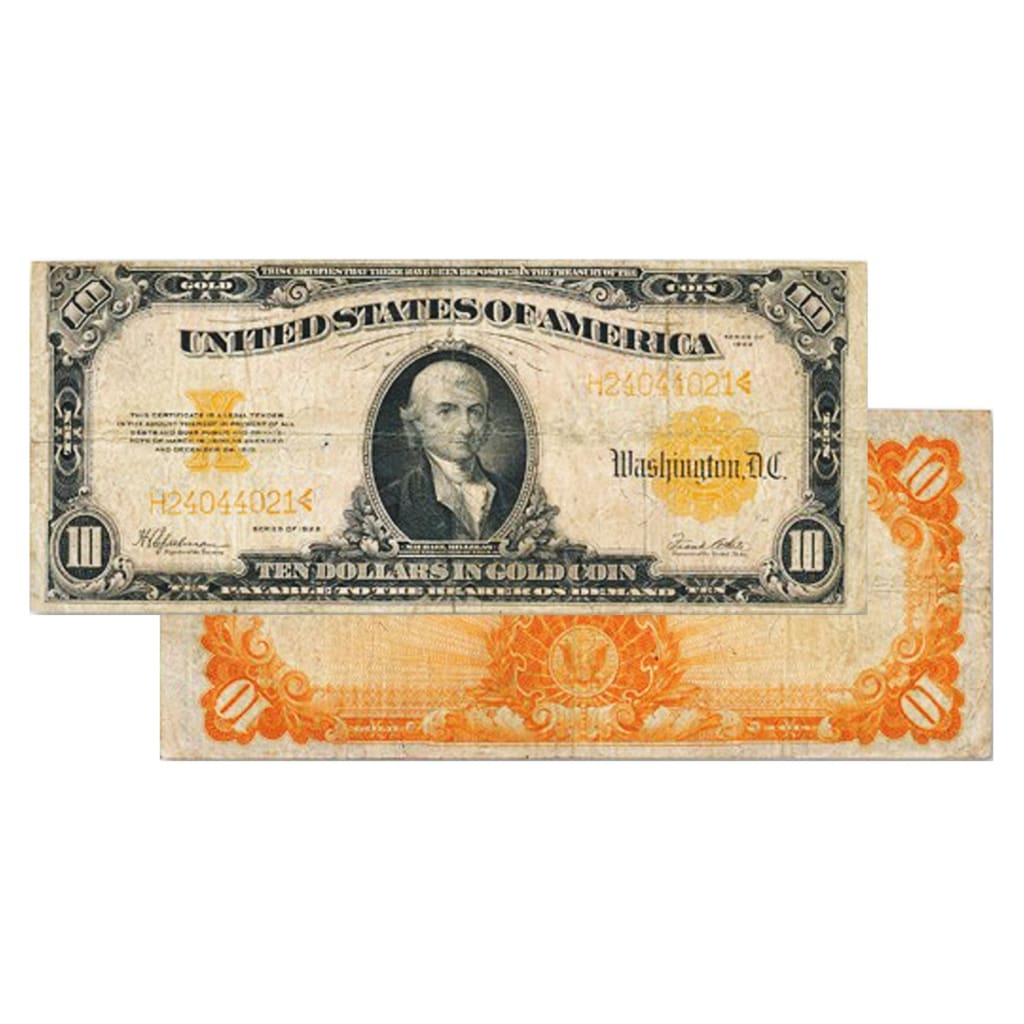How to Identify Fake Gold and Silver Bullion
With gold and silver growing in popularity as investment tools, the market has also seen a rise in counterfeit bullion—especially from overseas sources. While many fake products are easy to spot, others are incredibly sophisticated, requiring careful inspection or even lab testing.
This guide outlines the most common counterfeiting techniques, how to identify fake bullion, and steps to ensure your precious metal purchases are genuine.
Why Fake Bullion Exists
Precious metals are valuable, portable, and difficult to trace—making them ideal targets for counterfeiters. Fake bullion often appears in the form of:
-
Gold- or silver-plated base metals
-
Bars with tungsten cores (which mimics gold’s density)
-
Misleading packaging and fake assay cards
-
Counterfeit coins that mimic designs of legitimate mints
Even experienced investors have been duped by high-quality fakes, especially when buying from unknown or private sellers.
Red Flags to Watch For
1. Too Good to Be True Pricing
If you see a price significantly below spot value, it’s likely a scam. No legitimate dealer will sell real bullion at a loss.
2. Unfamiliar Mints or Markings
Legitimate bullion comes from recognizable refineries and mints (e.g., Perth Mint, Royal Canadian Mint, PAMP Suisse). Fakes often bear obscure or fictional mint names.
3. Unclear or Missing Weight/Purity Info
Every genuine bullion bar or coin should clearly state:
-
Weight (in troy ounces or grams)
-
Fineness/purity (e.g., .999, 24K)
-
Mint or refiner hallmark
-
Serial number (for bars)
Common Tests for Authenticity
1. Visual Inspection
Check for design flaws, blurry text, or incorrect fonts compared to known authentic examples.
2. Magnet Test
Gold and silver are non-magnetic. If a strong magnet attracts the item, it’s almost certainly fake.
3. Weight & Dimensions
Use a precision scale and caliper. Fake coins may have correct diameter but be too thick/thin or under/overweight.
4. Ping Test
Silver coins produce a high-pitched ring when struck lightly. Fakes sound dull or muted.
5. Acid Test
Gold and silver acid test kits can confirm authenticity but may damage the surface. Best for scrap or non-premium items.
6. XRF Analyzer (Advanced)
Professional dealers often use an X-ray fluorescence (XRF) scanner to determine metal composition without damaging the item.
How to Avoid Buying Counterfeits
-
Buy from reputable dealers only. Look for those with a long track record, reviews, and industry affiliations.
-
Avoid marketplaces like eBay or Craigslist. Many scams originate from unverified sellers.
-
Request assay cards and certificates. These help verify origin and purity.
-
Choose products from trusted mints. Government-backed coins are the least likely to be counterfeited successfully.
-
Inspect packaging. Tamper-evident seals and high-quality packaging are common on legitimate products.
What to Do If You Suspect a Fake
-
Don’t try to resell it—doing so may be illegal.
-
Contact a trusted dealer or bullion exchange for testing.
-
Report the source (e.g., online platform or individual) to the appropriate authority.
Final Thoughts
Fake bullion is a real threat—but one you can avoid with due diligence, trusted sources, and a working knowledge of common scams. If in doubt, always have your metals verified by a reputable dealer or testing lab. The cost of authentication is small compared to the risk of holding worthless metal. If you have questions about the authenticity of your gold or silver bullion, contact an expert at Great American Coin Company today.
Suggested Next Reads:
-
“Spot Price vs. Premium: What You Really Pay for Precious Metals”
-
“How to Buy Gold Safely: Dealer, Mint, or Online?”
-
“What Are Precious Metal Rounds and How Do They Compare to Coins?”

